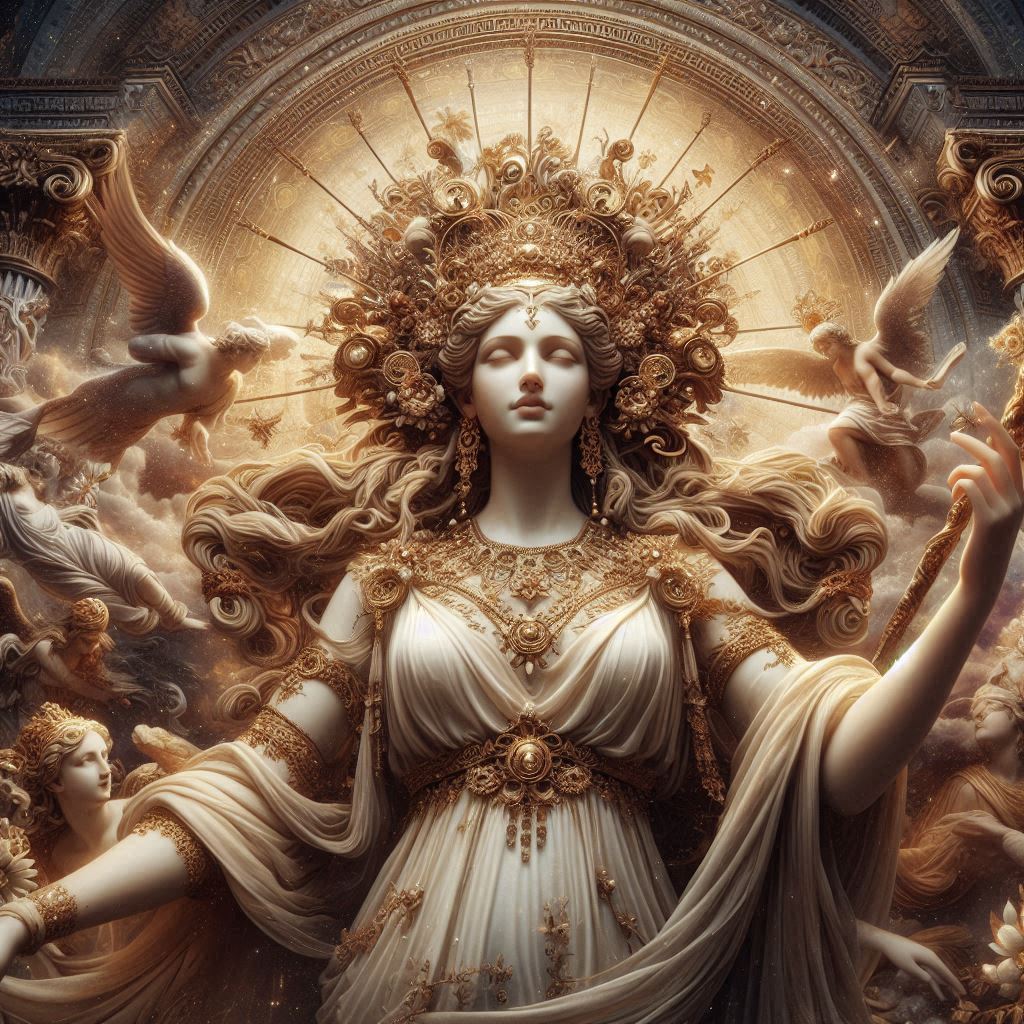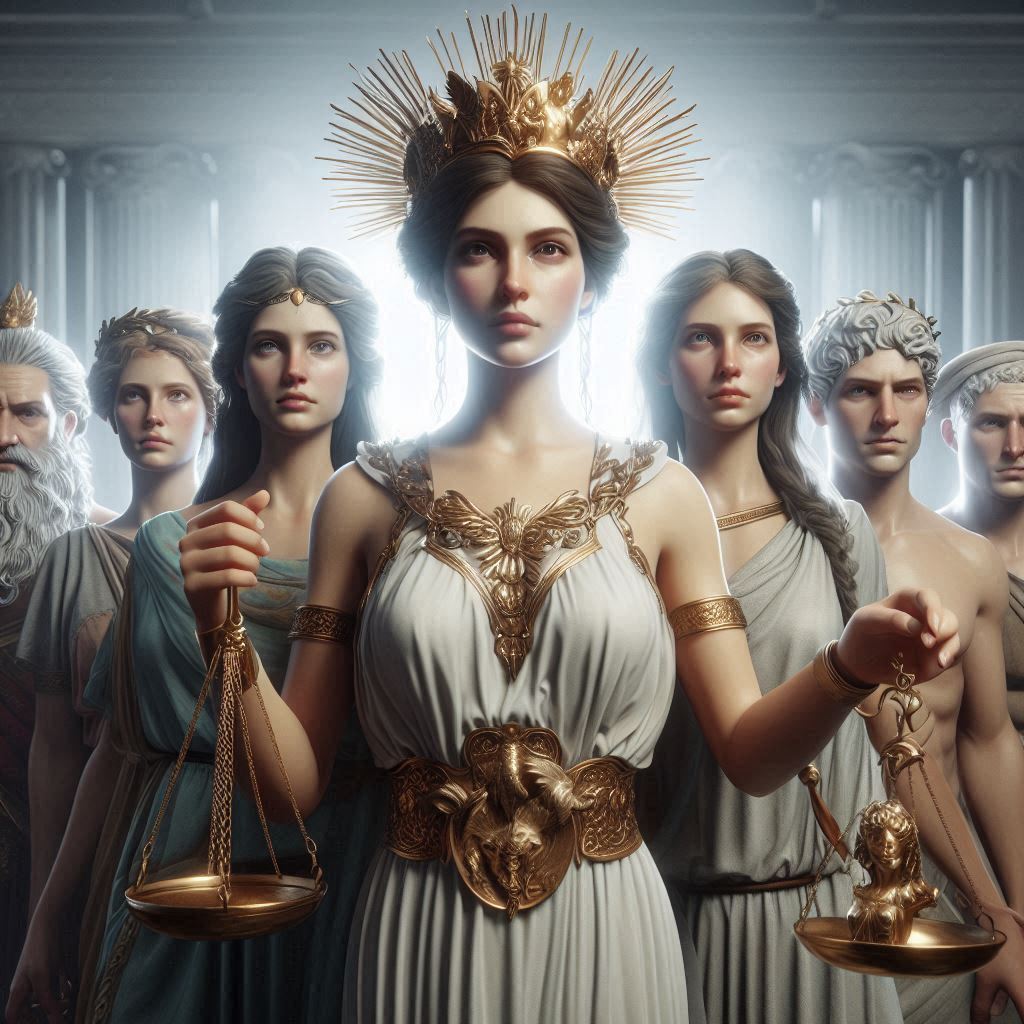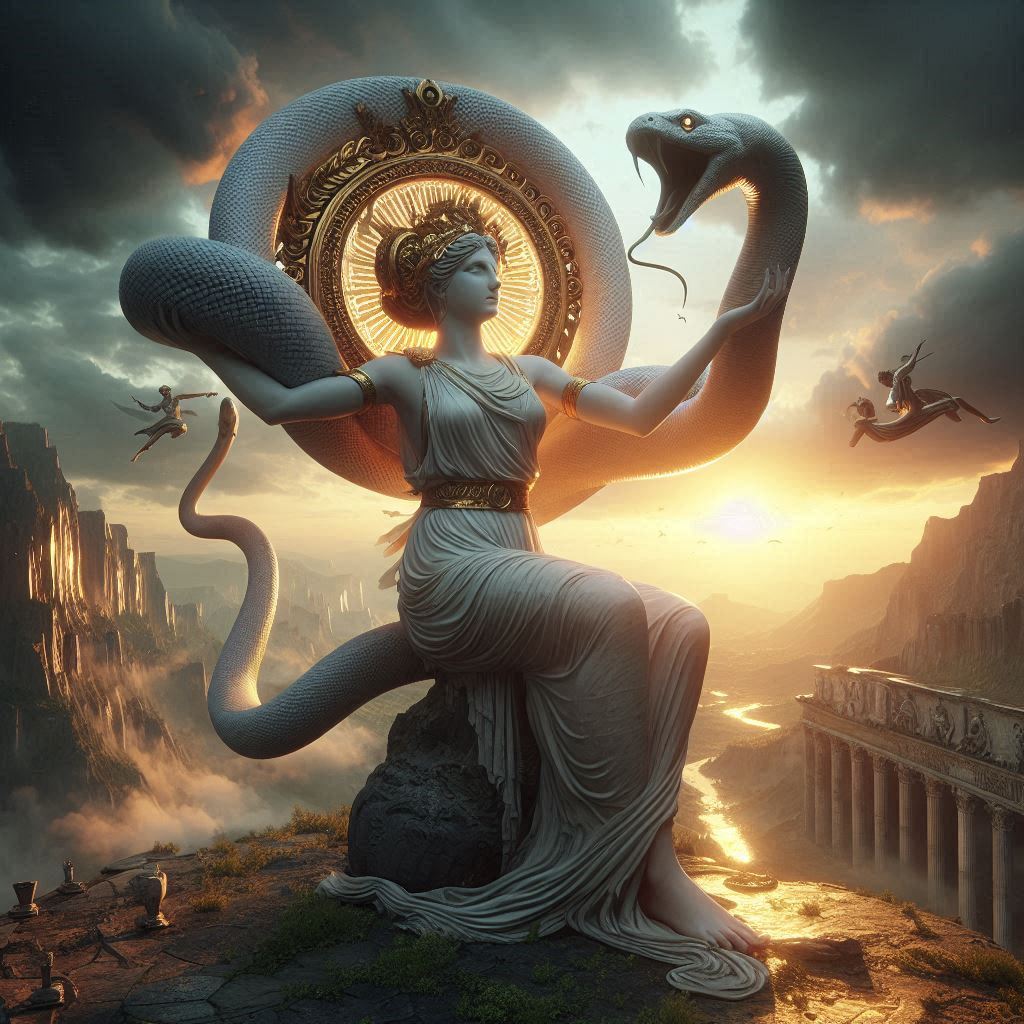Religious Literature: A Reflection of Divine Wisdom and Human Spirituality
Table of Contents
Religious literature encompasses sacred texts, scriptures, hymns, myths, and theological writings that form the foundation of spiritual traditions worldwide. These works serve as guides for moral conduct, sources of divine revelation, and historical records of faith communities. From the Bible and the Quran to the Vedas and the Tripitaka, religious literature has shaped civilizations, influenced legal systems, and inspired art, philosophy, and ethics. This essay explores the nature of religious literature, its major forms, its role in different religions, and its enduring impact on human culture.

The Nature and Significance of Religious Literature
Religious literature is distinct from secular writing because it is often regarded as divinely revealed or spiritually authoritative. Its primary purposes include:
- Preservation of Sacred Teachings – Religious texts codify beliefs, rituals, and laws, ensuring their transmission across generations.
- Moral and Ethical Guidance – Scriptures provide principles for righteous living, such as the Ten Commandments in Judaism and Christianity or the Noble Eightfold Path in Buddhism.
- Theological Exploration – Many texts delve into metaphysical questions, such as the nature of God, the soul, and the afterlife.
- Cultural and Historical Documentation – Religious writings often reflect the social, political, and cultural contexts of their time.
Unlike secular literature, religious texts are frequently treated with reverence, often recited in rituals or memorized by devotees.
Major Forms of Religious Literature
Religious literature appears in various forms, each serving a unique function within its tradition:
1. Scriptures and Canonical Texts
These are the foundational writings considered authoritative within a religion. Examples include:
- The Bible (Christianity) – Comprising the Old Testament (shared with Judaism) and the New Testament (centered on Jesus Christ).
- The Quran (Islam) – Believed to be the literal word of God as revealed to Prophet Muhammad.
- The Vedas (Hinduism) – Ancient hymns and rituals forming the basis of Hindu philosophy.
- The Tripitaka (Buddhism) – The “Three Baskets” containing the teachings of the Buddha.
2. Mythological Narratives
Many religions preserve stories of creation, divine beings, and heroic figures. Examples include:
- The Epic of Gilgamesh (Mesopotamian religion) – One of the earliest surviving works of literature, exploring themes of mortality.
- The Puranas (Hinduism) – Collections of myths about gods like Vishnu and Shiva.
- Greek and Roman Myths – Though not strictly religious today, these were once part of pagan worship.
3. Theological and Philosophical Works
Scholars and saints have produced extensive commentaries and philosophical treatises. Examples include:
- Summa Theologica by Thomas Aquinas (Christianity) – A systematic exploration of Christian doctrine.
- The Upanishads (Hinduism) – Philosophical dialogues on Brahman (ultimate reality) and Atman (the soul).
- The Talmud (Judaism) – Rabbinic discussions on Jewish law and ethics.
4. Devotional Poetry and Hymns
Many traditions express worship through lyrical compositions:
- The Psalms (Judaism/Christianity) – Poetic prayers attributed to King David.
- The Bhagavad Gita (Hinduism) – A spiritual poem within the Mahabharata, presenting a dialogue between Krishna and Arjuna.
- Rumi’s Masnavi (Sufi Islam) – A mystical poetic work on divine love.
5. Apocalyptic and Prophetic Literature
Some texts focus on visions of the end times or divine judgment:
- The Book of Revelation (Christianity) – Symbolic prophecies about the end of the world.
- The Book of Daniel (Judaism) – Contains apocalyptic visions in the Hebrew Bible.
Religious Literature Across Major Traditions
1. Abrahamic Religions (Judaism, Christianity, Islam)
- Judaism – The Tanakh (Hebrew Bible) includes the Torah (Law), Nevi’im (Prophets), and Ketuvim (Writings). The Talmud further interprets these texts.
- Christianity – The Bible is central, with denominations differing over additional books (e.g., Catholic vs. Protestant canons).
- Islam – The Quran is supplemented by Hadith (sayings of Muhammad) and Tafsir (commentaries).
2. Dharmic Religions (Hinduism, Buddhism, Jainism, Sikhism)
- Hinduism – The Vedas, Upanishads, Bhagavad Gita, and epics like the Ramayana and Mahabharata form a vast corpus.
- Buddhism – The Pali Canon (Tripitaka) and Mahayana sutras (e.g., Lotus Sutra) guide practice.
- Sikhism – The Guru Granth Sahib is the eternal guru in scripture form.
3. Other Traditions
- Taoism – The Tao Te Ching by Laozi is a key philosophical text.
- Zoroastrianism – The Avesta contains hymns attributed to Zarathustra.
Impact of Religious Literature on Society
Religious texts have profoundly influenced:
- Law and Governance – Sharia (Islamic law), Mosaic Law (Judaism), and Hindu Dharma Shastras shaped legal systems.
- Art and Literature – Dante’s Divine Comedy, Milton’s Paradise Lost, and Islamic calligraphy draw from sacred texts.
- Education – Monasteries, madrasas, and gurukuls preserved knowledge through religious manuscripts.
- Social Movements – The Bible inspired abolitionism; the Bhagavad Gita influenced Gandhi’s nonviolence.
Challenges and Interpretations
Religious literature is not without controversy:
- Literal vs. Allegorical Interpretation – Some read scriptures word-for-word, while others see symbolic meanings.
- Translation Issues – Nuances can be lost when rendering ancient texts into modern languages.
- Exclusivity vs. Universality – Some claim their scripture is the only truth, while others see wisdom across traditions.
Conclusion
Religious literature remains a cornerstone of human civilization, offering spiritual insight, ethical guidance, and cultural continuity. Whether through the poetic beauty of the Psalms, the philosophical depth of the Upanishads, or the legal precision of the Quran, these texts continue to inspire billions. In an increasingly secular world, they provide a bridge between the divine and the human, inviting readers to explore life’s deepest questions. As long as humanity seeks meaning, religious literature will endure as a testament to our spiritual quest.


No responses yet